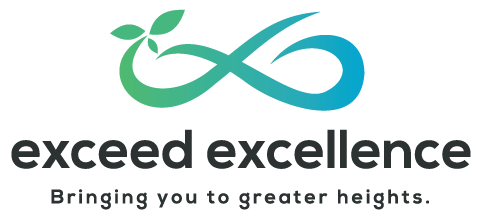
When it comes to leadership myths, introverts seem to be popular subject.
Introverts often face misconceptions in the corporate world, particularly regarding their leadership abilities.
The popular image of a leader paints them as charismatic, extroverted, and brimming with boisterous energy.
This can lead to the unfortunate dismissal of introverted individuals, overlooking their valuable contributions and potential for leadership excellence.
Today, we delve into 5 common leadership myths surrounding introverted leaders and reveal the truths behind them, showcasing how their unique strengths can propel them to remarkable success.
5 Leadership Myths on Introverts That Are Costing Us All!

Leadership Myth #1: Introverted leaders lack charisma and influence.
Introversion is often confused with shyness, leading to the misconception that introverts lack the presence and charm of charismatic leaders.
But when leadership roles are solely filled based on extroverted stereotypes, organisations create a narrow pipeline that excludes talented introverts.
Truth: Charisma comes in many forms. Introverted leaders often cultivate influence through genuine connections, active listening, and thoughtful communication.
Their quieter style can be refreshing and inspire trust, attracting followers who value depth over theatrics.
Leadership Myth #2: Introverted leaders are indecisive and hesitant.
Introverts’ tendency to process information carefully before speaking can be misconstrued as indecisiveness.
But if the assumption is that “fast equals good,” this can create a pressure cooker environment where well-considered contributions are undervalued, leading to stress, anxiety, and potentially impulsive decisions.
Truth: Introverted leaders often excel at gathering diverse perspectives, analysing data, and making well-considered decisions.
Their deliberate approach leads to strategic planning and thoughtful action, minimising impulsive mistakes.
READ MORE: Top 3 Hidden Roadblocks on Your Leadership Development Journey
Leadership Myth #3: Introverted leaders can’t motivate or energize people.

Traditional leadership stereotypes often associate motivation with extroverted enthusiasm and loud pep talks.
But fiery speeches might not resonate with all team members, especially introverts who prefer individual encouragement and focused feedback.
Truth: Introverted leaders can be highly motivating through quiet confidence, active listening, and thoughtful guidance.
They are capable of creating a culture where team members feel valued and heard, leading to intrinsic motivation and individual growth.
Leadership Myth #4: Introverted leaders struggle with collaboration.
Introverts may prefer smaller group settings, leading to the misconception that they struggle with collaboration in larger teams.
But it disregards their potential to excel in leading smaller teams, mentoring individuals, or even leading larger teams through a more facilitative and collaborative approach.
Leadership Myth #5: Introverted leaders can’t handle pressure or crisis.
Due to their calm and reserved demeanor, introverts are perceived to lack the assertiveness and decisiveness needed in high-pressure scenarios.
But introverted leaders can have a proven track record of handling crises even if they didn’t project outward intensity.
Truth: Introverts often thrive under pressure due to their ability to focus, stay calm, and analyse situations strategically.
Cultivating Introverted Leadership Potential

Recognising the misconceptions surrounding introverted leaders not only allows them to thrive in their roles but also enriches the leadership landscape by embracing the diverse strengths individuals bring to the table.
Let’s move beyond the outdated leadership myths and create a space where introverted leaders can flourish, demonstrating their unique strengths and guiding teams towards remarkable achievements.
Facing challenges in your leadership team? Explore a different approach to sharpen your team’s leadership and communication with Exceed Excellence’s holistic leadership training solutions!
FAQs
Both introverts and extroverts bring unique strengths to leadership roles. The key is recognising and leveraging these diverse qualities to create a well-rounded and adaptive leadership team that can navigate various challenges and opportunities.
Yes, introverted leaders can effectively manage and lead extroverted team members. If you are an introverted leader, encourage open communication about communication styles and preferences to build empathy and understanding within your team.
Susan Cain (author, speaker, and entrepreneur), Warren Buffett (CEO of Berkshire Hathaway), and Steve Wozniak (co-founder of Apple Inc.).
These are all introverted leaders who have made significant contributions in their fields, challenging the stereotype that leadership requires an extroverted personality.












